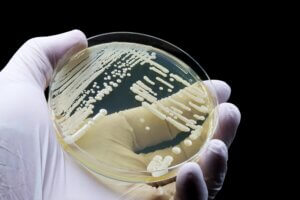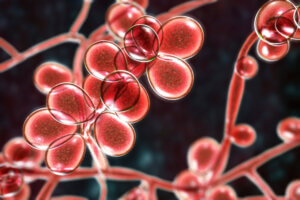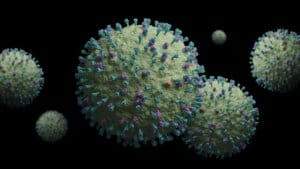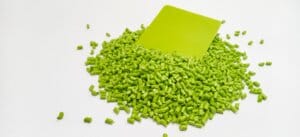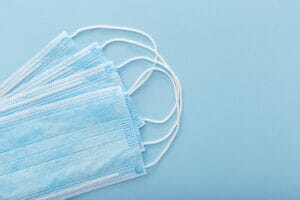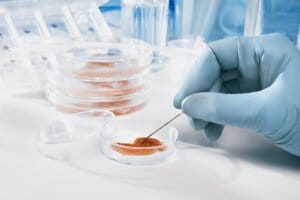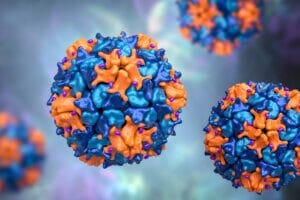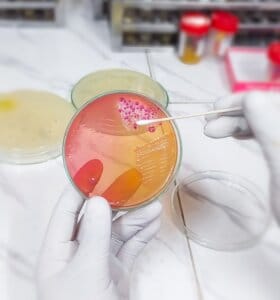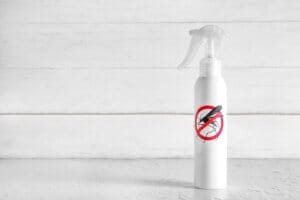Climate change is not only impacting the global temperature, weather patterns and ecosystems. It also changes the dynamics of infectious...
Home > Blog
Guidance for Efficacy Testing of Disinfectants Against Drug-Resistant Candida auris
Candida auris is an emerging, often multidrug-resistant yeast that has caused severe healthcare outbreaks in recent years. The fungus survives...
Beyond Bacteria: The Growing Threat of Antifungal Resistance
While Antimicrobial resistance (AMR) has garnered considerable attention, emerging antifungal resistance is an underappreciated but mounting global health risk. Fungal...
Navigating the EU Biocidal Products Regulation (BPR): Key Insights for Compliance and Market Access
Biocidal products play a critical role in safeguarding public health and hygiene. However, their potential risks to humans and the...
HMPV Virus (Human Metapneumovirus): Symptoms, Risks, and Effective Treatments Explained
What is Human Metapneumovirus (HMPV) and Why Does It Matter? Human Metapneumovirus (HMPV) was first identified in 2001 in the...
Disinfectant Validation: Ensuring Effective Infection Control
In industries like healthcare, pharmaceuticals and biotechnology, maintaining high levels of cleanliness and hygiene is crucial for preventing infections and...
Cosmetogenomics: Revolutionizing Personalized Skincare
The rapid evolution in the skincare industry and the fast development of new technologies have brought about an innovation called...
Understanding ASTM Standards for Plastics
Understanding ASTM Standards for Plastics Plastics play a very crucial role as a material in the manufacturing and development...
Introduction: Importance of Comprehensive Face Mask Evaluation
Face masks are incorporated into public health measures as part of the response to the COVID-19 pandemic. It provides a...
First Step to Antimicrobial Testing
Antimicrobial testing plays an important role in establishing how effectively a product is meant to control or kill a variety...
Exploring the Benefits of ISO 22196 Testing
ISO 22196 is a test standard to assess the antibacterial activity of plastic and non-porous surfaces. The testing is essential...
Efficacy Testing for Household Insecticides and Repellents
Household insecticides and repellents hold a significant place in controlling pests against both public health and comfort. Ants, cockroaches, bed...
Top Facts about EN 1276
The need for strong disinfectants is critical in areas that demand high hygienic standards like hospitals and food industries. The...
Top facts about Poliovirus
Poliovirus, the causative agent of the disease poliomyelitis, also known as polio, is a highly infectious virus and mainly infects...
Chemical Disinfectants
Chemical disinfectants play a significant role in hygiene maintenance and preventing the proliferation of harmful microorganisms in the environment. They...
Understanding Efficacy Testing for Face Masks
Face masks prevent airborne contamination, and their effectiveness is usually evaluated using two significant filtration measures: BFE and PFE. BFE...
Mosquito Landing Rate Analysis for Better Repellent Testing
Mosquito landing rate analysis is essential in the development of effective mosquito repellents. Mosquito repellents are crucial for reducing human...
Understanding Antimicrobial Effectiveness Test
Nowadays, product safety is critical from the consumer’s point of view. Testing for antimicrobial efficacy is thus required for products...
EN 1276 Regulatory Compliance
EN 1276 Test Standard EN 1276 is a European standard that determines the bactericidal activity of chemical disinfectants and antiseptics...
Best Mosquito Repellent Efficacy Testing Methods
Mosquito-borne diseases such as malaria, dengue, Zika, and chikungunya are increasingly leading to global health threats, so mosquito repellents play...

